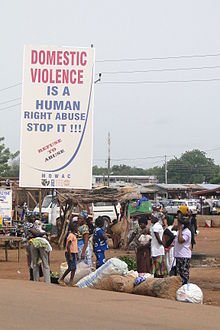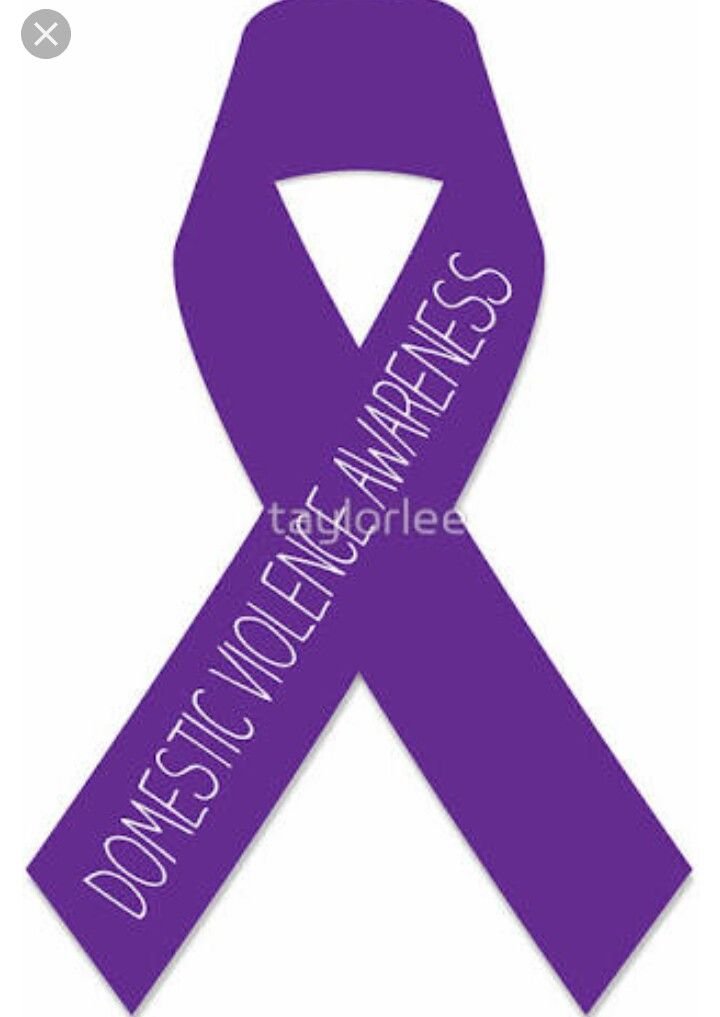Almost each year comes with lot of stories about domestic violence and abuse. Domestic violence as we all know is violence (threatening or use of force and power) against someone in a domestic setting such as marriage and cohabitation. It could be against a spouse, people in heterosexual or same sex relationship, children, parents and the elderly. It could be in form of abuse like physical, emotional, verbal, sexual, etc.
Globally, the victims of domestic violence are mostly women. It happens more in a country where gender equality is zero. In some instances, it is justified, as in the cases of infidelity on the side of women. Most abusers do not believe they are wrong. Sometimes, the act was what they grew up seeing and they believe it's okay. They do not know any other way to express themselves. It becomes their normal.
Domestic violence occurs when the abuser believes that abuse is an entitlement, acceptable, justified, or unlikely to be reported. It may produce intergenerational cycles of abuse in children and other family members, who may feel that such violence is acceptable or condoned. Very few people recognize themselves as abusers or victims because they may consider their experiences as family conflicts that got out of control.
Victims of domestic violence are trapped sometimes because of isolation, lack of finance, cultural acceptance and in some cases, fear. When someone grows up in an abusive home and gets married to an abusive partner, they don't know any other way to live. They become brainwashed into believing that it's how things should be. Like I said above, it becomes their normal. It becomes a cycle.
The problem with abuse is that most of the time, it’s not as apparent as society makes it out to be. Most abusers will gradually abuse their victim and brainwash them into thinking that it’s okay. From condescending them and breaking their spirits, to hurting them physically, 99% of the time it’s not something that just happens overnight. Ergo, the victim builds this barrier (for self-preservation), telling themselves that it’s okay, (even when it’s not).
Domestic violence can take many forms such as physical assault (biting, kicking, slapping etc), sexual abuse, controlling, intimidation etc.
Intergenerational Violence - This happens when one grow up witnessing abuse in the home. This does not mean that every child who grow up in an abusive home will turn into an abuser, but life experiences can help shape the kind of person they will become. If they spend more than half their young adult lives watching their parents abuse each other, they are likely to incorporate abuse into their behaviour. They will believe it is acceptable.
This one is kind of a theory. Lenore E. Walker presented the model of a cycle of abuse which consists of four phases. First, there is a buildup to abuse when tension rises until a domestic violence incident ensues. During the reconciliation stage, the abuser may be kind and loving and then there is a period of calm. When the situation is calm, the abused person may be hopeful that the situation will change. Then, tensions begin to build, and the cycle starts again.
Biological and Psychological Factors - This include genetic and brain dysfunction. It concentrates on personality traits and mental characteristics of the offender. Personality traits include sudden burst of anger, low self-esteem, poor impulse control. And psychology has shown that a child who witnessed or experienced abuse is more likely to be violent as an adult. Stockholm Syndrome comes to play here too. The victim may believe that the abuse is a sign of affection.
Stress - Pressure coming from lack of finance, family problems etc. The person may feel that they aren't living up to what they want, or what they understand as success and sometimes what the society expects them to be, So they lash out as a way of forcing themselves to be heard and respected.
_Ghana_Domestic_Violence_is_a_Human_Right_Abuse_Poster.jpg)
Source
Know the Signs - Always watch out for changes in moods and behaviour of your partner or your family members like yelling, throwing things, clenching of fists. It isn't all physical, so be on the lookout for emotional and psychological abuse too.
Create Awareness - Talk to people around you about domestic violence - young, old, no age limit. Teach them to talk to someone about their problems and express themselves more.
Check In Regularly - Watch out for families or co-workers who may be in an abusive relationships. Check in on them all the time and have the social service number on speed dial.
In the end, the people around you can only try as much if they care enough. The key to domestic violence prevention is keeping it from happening before it begins. You can always walk away, get help and heal. The power is in your hands.

